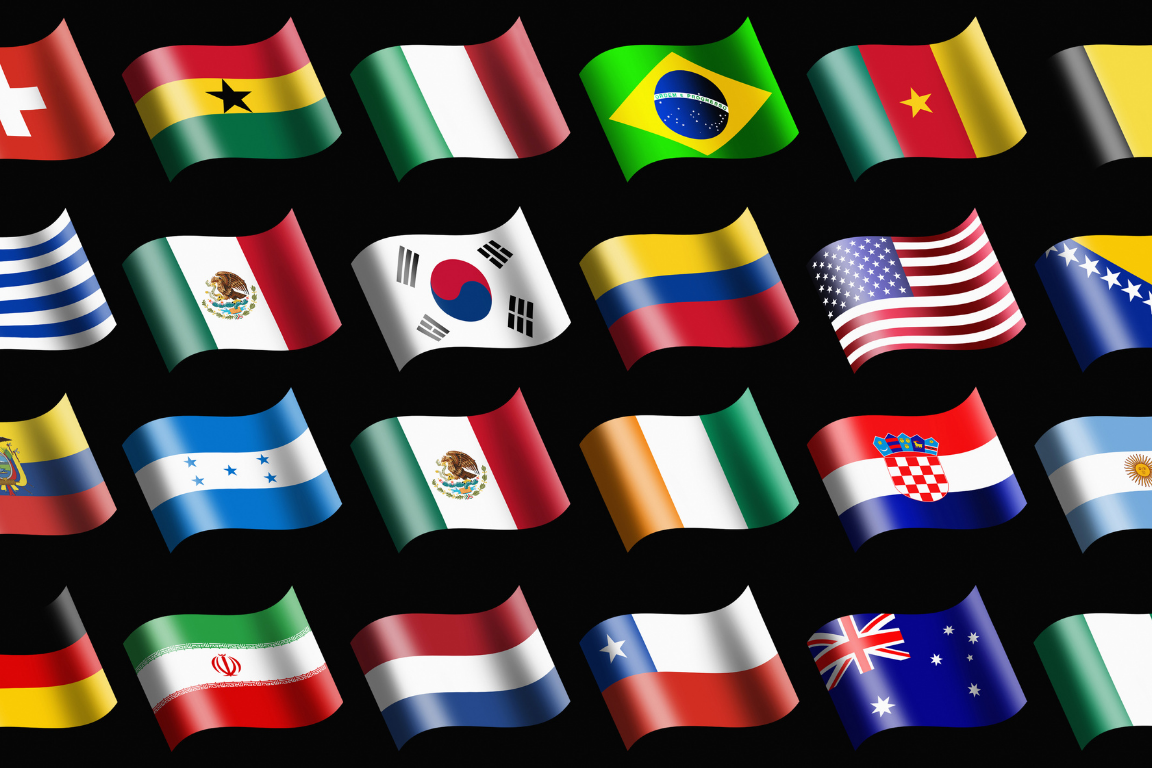A Comprehensive Guide to International Country Area Codes
Introduction to International Country Area Codes
International country area codes are a crucial aspect of global communication. They enable us to connect with individuals and businesses across borders, seamless international communication. In this comprehensive guide, we will delve into the world of international country area codes, exploring their structure, usage, and common inquiries. Whether you’re a frequent traveler, a business professional, or simply curious about the topic, this guide will provide you with invaluable insights into this essential aspect of global connectivity.
Understanding the Structure of International Country Area Codes
To comprehend international country area codes, is important to understand their underlying structure. These codes consist of a series of numbers that vary in length, depending on the country. Each country is assigned a unique code, distinguishing it from others when making international calls. Typically, international country area codes are dialed prior to entering the recipient’s local phone number.
The length and composition of country area codes can differ. For instance, some countries may have a single-digit code, while others have two or three digits. Additionally, certain regional subdivisions within countries might possess their own specific codes. Understanding the structure and organization of international country area codes will facilitate smooth communication across borders.
List of International Country Area Codes
Below is an extensive list of international country area codes for various nations around the world. Please note that this list is not exhaustive, as codes may change or be updated periodically. It is always recommended to verify the current codes before making any international calls.
1. United States – +1
2. Canada – +1
3. United Kingdom – +44
4. Germany – +49
5. France – +33
6. Australia – +61
7. Japan – +81
8. China – +86
9. India – +91
10. Brazil – +55
Remember, it is crucial to dial the correct international country area code to ensure your call reaches the intended recipient without any hiccups.
How to Use International Country Area Codes
Utilizing international country area codes is relatively straightforward. To make an international call, follow these simple steps:
1. Begin by dialing the exit code of your country. This varies depending on your location and is typically indicated by a “+” sign or “00.”
2. Enter the relevant international country area code for the desired destination.
3. Dial the recipient’s local phone number, omitting any leading zero if present.
4. Lastly, press the call button and patiently wait for the connection to be established.
By adhering to these steps, you can successfully place international calls using country area codes, thereby bridging distances and connecting with individuals worldwide.
Common Questions and Answers about International Country Area Codes
Q: What if I forget to include the international country area code?
A: If you fail to include the correct international country area code, your call might not connect properly, or it could reach an unintended recipient. It is crucial always to double-check the code before initiating international calls.
Q: Can I use international country area codes for text messaging as well?
A: Yes, international country area codes are not limited to voice calls alone. They are also used for sending text messages internationally, ensuring proper routing of your messages.
Q: Are international country area codes updated frequently?
A: While most international country area codes remain stable, there are instances where codes can change due to factors such as telecommunications infrastructure upgrades or geopolitical changes. It is always wise to verify the current codes before making international calls.
Q: Do I need to dial the international prefix even when making an international call within the same country?
A: No, the international prefix is only necessary when placing calls to a different country. For local or domestic long-distance calls within the same country, the international prefix is not required.
Q: Are international country area codes standardized globally?
A: While there is a coordination process to allocate country codes, the specific length and format of area codes can vary from country to country. It is essential to familiarize yourself with the specific codes for each destination you wish to call.
By understanding the basics of international country area codes and adhering to best practices, you can effortlessly navigate the realm of global communication and stay connected with friends, family, and business partners






